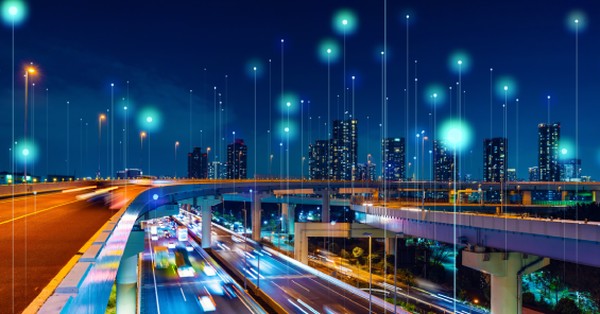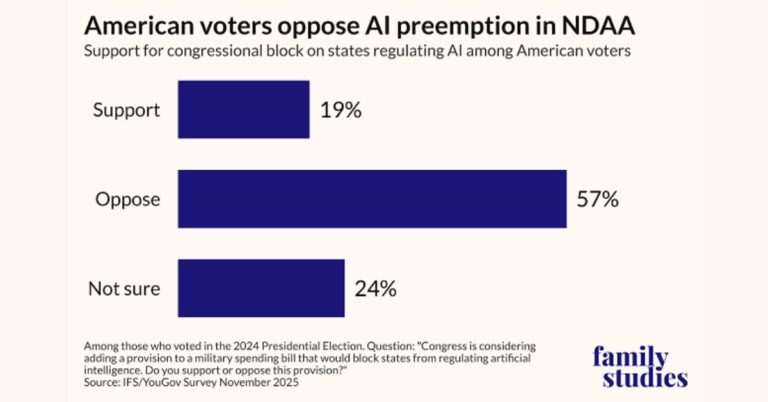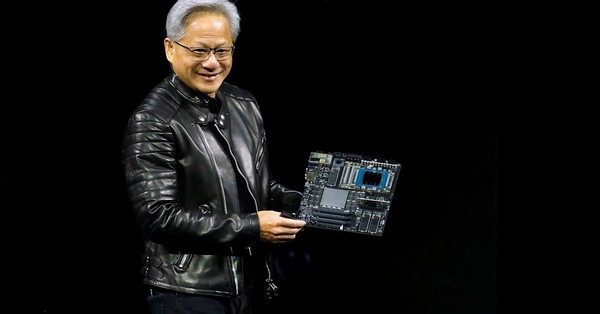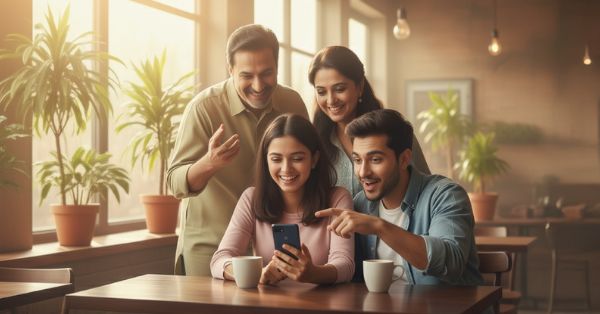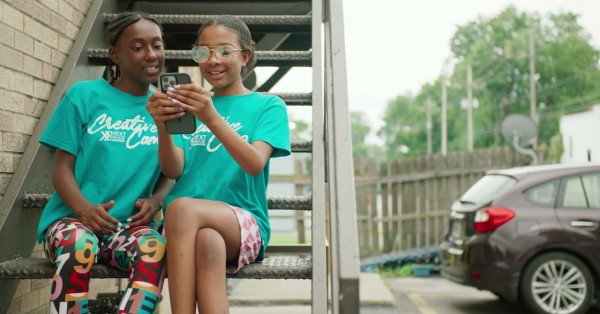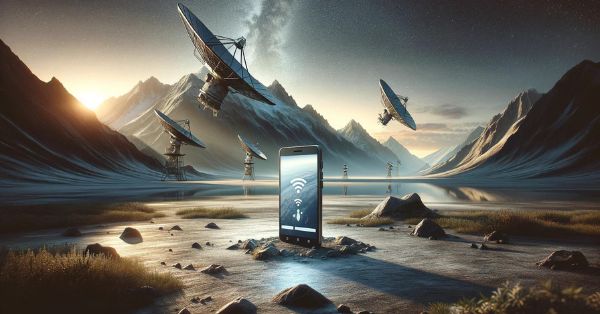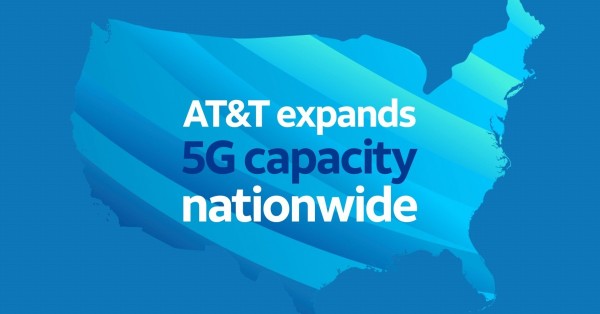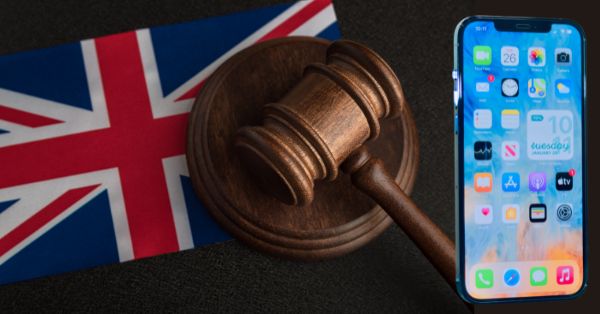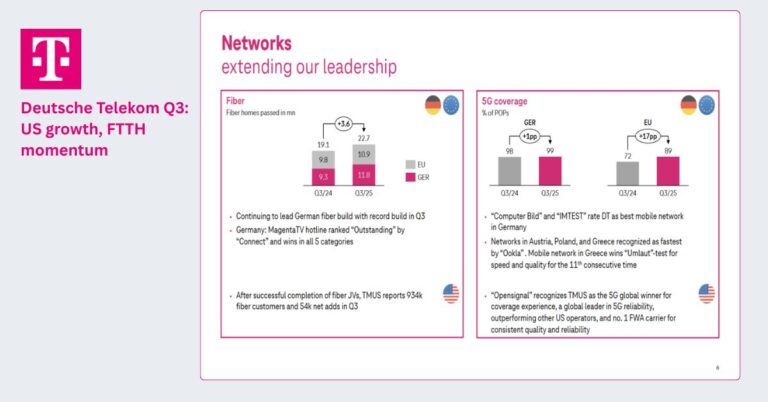Introduction: 5G and Public Safety – Transforming First Response Operations
In our rapidly evolving world, the role of first responders — firefighters, law enforcement officers, and emergency medical service personnel — has never been more critical. These brave individuals risk their lives daily to ensure our safety, a fact that has been highlighted during the global coronavirus pandemic. Their heroism is unquestionable, yet they face a significant challenge: accessing critical, real-time information in the field. This is where the transformative power of 5G technology comes into play.
5G Characteristics: Enhancing Real-Time Response Capabilities
5G, with its revolutionary characteristics, is set to redefine public safety and dramatically enhance the capabilities of first responders. Its high throughput capacity, capable of reaching up to 10 Gigabits per second, ensures the rapid transmission of large amounts of data. The ultra-low latency of as low as 1 millisecond, coupled with a high-reliability rate of 99.999% availability, enables real-time communication and decision-making. Furthermore, its ability to support massive connectivity, with 100 times more connected devices per unit area compared to 4G, and better user mobility at speeds up to 500 km/hour, greatly expands the operational scope of emergency services.
Top 10 Use Cases of 5G in Public Safety
1. Finding Missing Persons in Emergencies via 5G Enabled Drones
5G technology significantly enhances the capabilities of drones in search and rescue operations. These advanced drones, equipped with high-resolution cameras and real-time data processing, can cover vast areas quickly, identifying missing persons in emergencies with greater efficiency. The low latency and high-speed data transfer of 5G enable real-time image and video analysis, making it possible for rescue teams to receive instant updates and precise locations. This technology is particularly useful in challenging terrains or during adverse weather conditions, where traditional search methods are less effective.
2. Active Shooter Alert with Location & Weapon Info to First Responders
In critical situations like active shooter incidents, 5G can play a pivotal role in enhancing public safety. By integrating 5G with existing camera systems and artificial intelligence, it’s possible to quickly identify the location of the shooter, the type of weapon used, and the dynamics of the situation. This real-time information can be relayed to first responders, enabling them to respond more effectively and safely. Such systems can also help in crowd management and evacuation procedures, minimizing the risk to civilians and law enforcement personnel.
3. Delivering Medical Equipment to Remote Areas via 5G Enabled Drones
5G’s high bandwidth and low latency capabilities are revolutionizing medical aid delivery, especially in remote or inaccessible areas. Drones enabled with 5G can transport essential medical supplies, such as medications, vaccines, or even small medical equipment, to areas where traditional delivery methods are slow or impractical. This not only speeds up the delivery process but also ensures that communities in remote locations have access to critical healthcare supplies when needed.
4. Traffic Management for Emergency Vehicle Routing
5G technology can transform traffic management, especially for routing emergency vehicles during critical situations. With its ability to handle large volumes of data from various sources (like traffic cameras, sensors, and GPS systems), 5G can provide real-time traffic analysis, enabling the precise prediction of traffic patterns and the most efficient routes for emergency vehicles. This ensures quicker response times for ambulances, fire trucks, and police vehicles, potentially saving more lives.
5. Virtual Reality-Based Training for First Responders
Virtual reality (VR), powered by 5G, offers an innovative way to train first responders. By simulating real-world scenarios in a controlled, virtual environment, first responders can gain valuable experience without the risks associated with traditional training methods. The high-speed and low-latency of 5G ensure a seamless and realistic VR experience, enabling simultaneous training of multiple users
and fostering collaborative learning. This approach is cost-effective, reducing the need for physical resources and locations while preparing responders for a wide range of emergency scenarios.
6. Bomb or Abandoned Items Disposal via 5G Enabled Drones or Robots
The disposal of bombs or suspicious items is a high-risk task where 5G technology can offer significant safety benefits. Drones or remotely controlled robots equipped with 5G can approach and assess potentially dangerous objects from a safe distance. These devices can transmit high-definition images and data in real-time, allowing bomb disposal experts to make informed decisions without being in harm’s way. This remote approach minimizes the risk to human lives and can be instrumental in diffusing dangerous situations more safely and efficiently.
7. 5G Connected Ambulances with Remote Support from Doctors
5G connected ambulances are a leap forward in emergency medical services. These ambulances can transmit vital patient data, such as ECGs, imaging results, and real-time vital signs, to hospitals while en route. This allows doctors to remotely assess the patient’s condition, provide critical guidance to paramedics, and prepare for immediate treatment upon the patient’s arrival. The fast and reliable communication enabled by 5G ensures that the patient receives the best possible care from the moment of first response.
8. Providing Location Information in Building Collapses
In the aftermath of an earthquake or similar disaster, locating survivors trapped in collapsed buildings is a time-critical task. 5G technology can be utilized to trace the location of people before and after a collapse. By analyzing data from smartphones, wearables, and other devices within a building, responders can pinpoint the locations of individuals, aiding in efficient and targeted rescue operations. This technology can significantly reduce the time spent searching for survivors, thereby increasing the chances of saving lives.
9. Enforcing Curfew/Lockdown via 5G Enabled Drones or Robots
During situations requiring curfews or lockdowns, maintaining public order while minimizing risk to law enforcement personnel is crucial. 5G enabled drones or autonomous security robots can be deployed to monitor public spaces, ensuring compliance with curfew orders. They can provide real-time surveillance, crowd monitoring, and even communicate public safety messages. This approach reduces the need for physical presence of law enforcement officers, thereby decreasing the risk of confrontations and potential spread of contagions in cases of public health emergencies.
10. Wearables & Sensor-Based Detection of Chemical Weapons
In hazardous environments, such as chemical spills or warfare scenarios, the safety of first responders is paramount. Wearables and sensors connected through 5G networks can detect the presence of chemical agents, providing real-time data on the type and concentration of hazardous substances. This information is crucial for ensuring that responders wear appropriate protective gear and take necessary precautions. Additionally, these devices can continuously monitor the health and vitals of the responders, enabling immediate medical intervention if they are exposed to dangerous substances.
Conclusion: Empowering Heroes with Cutting-Edge Technology
The integration of 5G technology into public safety operations marks a pivotal shift in how first responders can approach and handle emergencies. By providing them with real-time data, enhanced communication capabilities, and advanced tools, 5G is not just a technological advancement; it is a lifeline that empowers our heroes to save more lives while reducing their own risk. As we continue to witness the rollout and expansion of 5G networks, the potential for further innovation in public safety is immense. The future is promising, with 5G acting as a critical ally in the relentless efforts of first responders to protect and serve communities across the globe.







